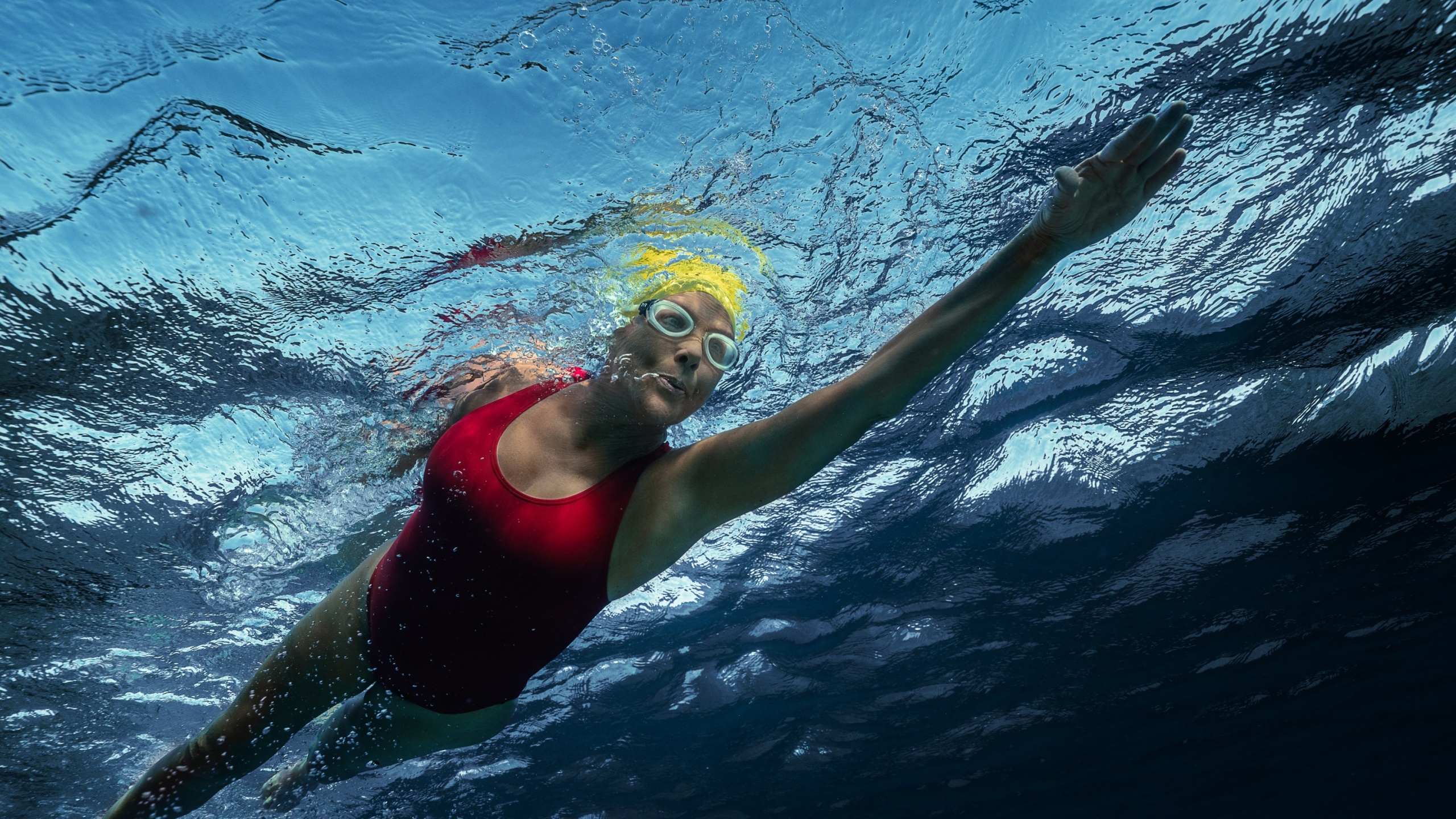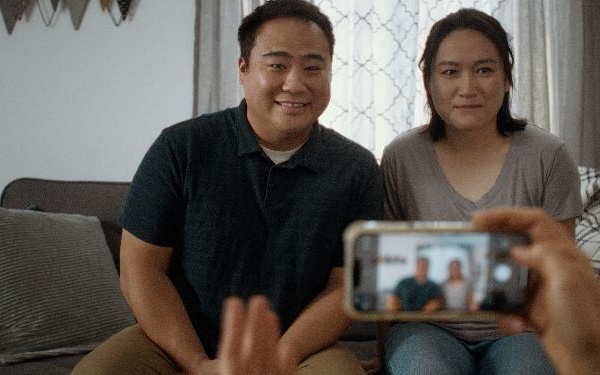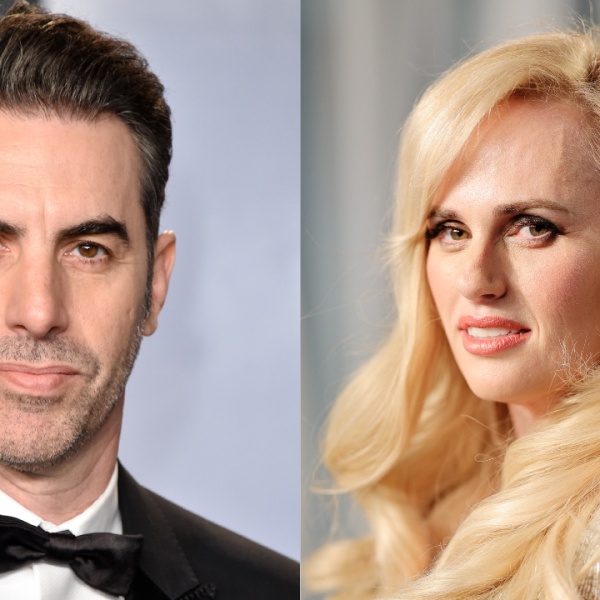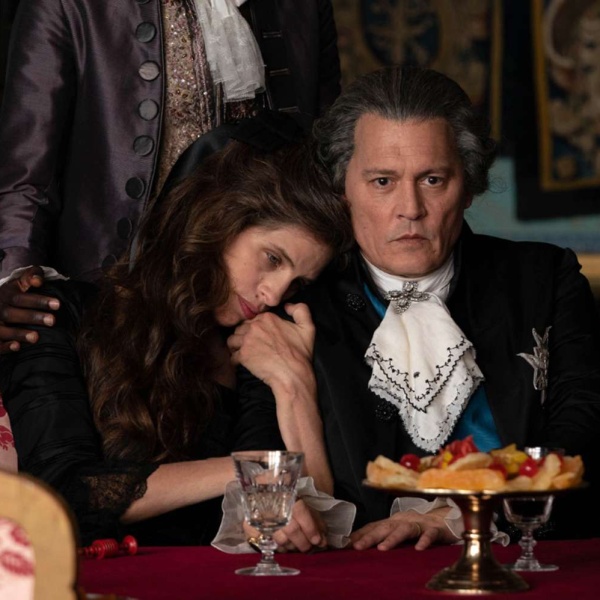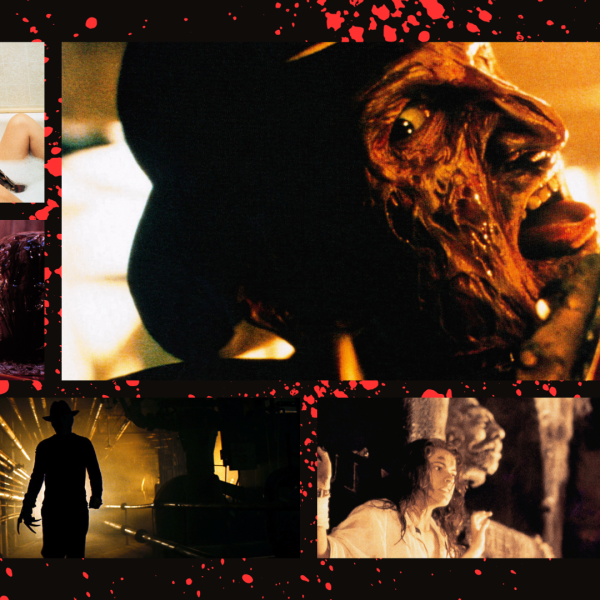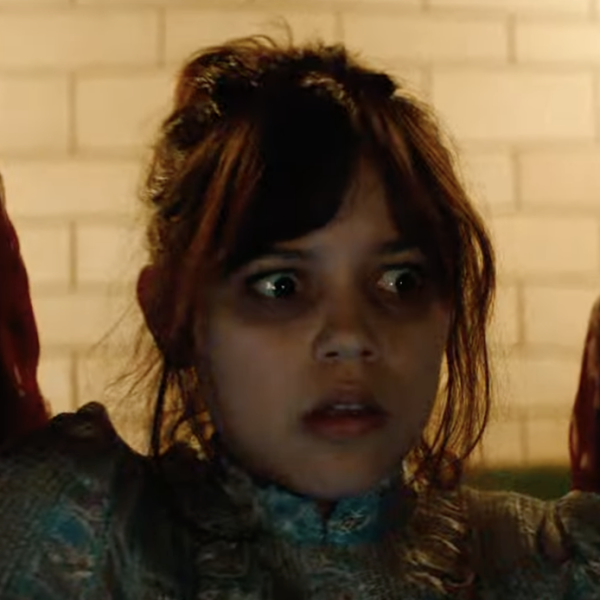“Nyad” tells the true story of athlete Diana Nyad (Annette Bening), who, at the age of 60, decided to attempt swimming the 110 miles between Cuba and Florida — a goal she failed to achieve three decades earlier when she first tried. The journey ended up taking four years and multiple attempts, which created an interesting problem for screenwriter Julia Cox: How does one tell a compelling cinematic story that is by its nature both repetitive and relatively solitary?
“It’s an unusual sort of sports story,” Cox told IndieWire. “It’s naturally kind of episodic, and although there’s a team around her, the event itself is mostly one woman in the water with her support boat.” Cox began with Nyad’s memoir, which she found rich in detail but also overwhelming in terms of the amount of material. “I had to chisel this thing down to a manageable shape, and I tried to be really selective about what sort of obstacle I focused on in each attempt in order to create some kind of escalation.”

That meant zeroing in on particular challenges in each swim so that each of Diana’s attempts would feel distinctive while new threats would keep emerging; she might solve the problem of jellyfish, but then would come sharks or enormous storms or hallucinations. Cox’s careful structuring of the swims keeps the suspense steadily rising throughout “Nyad” without any sense of overt manipulation because the details are so carefully chosen from Diana’s own recollections. “Rhythmically and pacing-wise, I think maybe we benefited from the fact that a lot of people have heard this story, but they don’t remember exactly how many times she tried it,” Cox said. “But I didn’t want to bank too much on that.”
The other key to the film‘s consistently compelling structure is the relationship between Diana and her best friend and coach, Bonnie (Jodie Foster). Here, Cox felt that real life gave her a narrative gift that she could play against the adventure scenes: a story that had a built-in narrative structure. “Diana’s memoir delves into it beautifully,” Cox said. “In the first act, Diana has to convince Bonnie to go on this crazy ride with her. Then there’s act two, full of the vicissitudes of the attempts themselves as well as the challenges in the relationship, of going along for the ride with someone who is doing something that could potentially kill them. Diana’s need to continue and continue essentially leads to a breakup, with Bonnie saying, ‘I’m done.’ But then the characters have the opportunity to take the time to learn about their own natures and return to the mission on their own terms in a way that makes for a triumphant act three.”

When Cox broke the personal story down she saw the potential for a platonic love story that could be weaved in and out of the water sequences; she also, in conversations with the real Diana and Bonnie, collected hours’ worth of rich material. “You might have five questions for Diana, but you’re going to have a three-hour conversation,” Cox said, adding that while she read every piece of material she could on Diana and watched every bit of news or documentary footage, there was no substitute for the conversations with Diana and Bonnie. “I got a real sense of Diana from the research but there’s nothing like talking to these women. They’re funny, they’re charismatic, they’re peas in a pod and yet opposite in so many ways.”
The research and conversations left Cox with more material than any one film could possibly hold. Luckily, she found that Bening and Foster’s performances were able to express some of the subtext that had been dialogue, making the movie more concise and compact. “There was a walk and talk we had to rework on set, and Jodie said, ‘Let’s cut these lines,’” Cox said. When the screenwriter told Foster what she thought would be lost by trimming the dialogue, Foster said, “I won’t say that, but I’ll think it.” Ultimately Cox felt that Foster “thinking it” did convey the necessary information on screen, and she credited Bening with providing a similar level of expressiveness. “That’s the great gift of having actors like this,” Cox said. “You don’t need to say as much. You don’t need to show as much. You just feel it.”
Netflix will release “Nyad” in select theaters October 20 before arrives on the streamer November 3.
